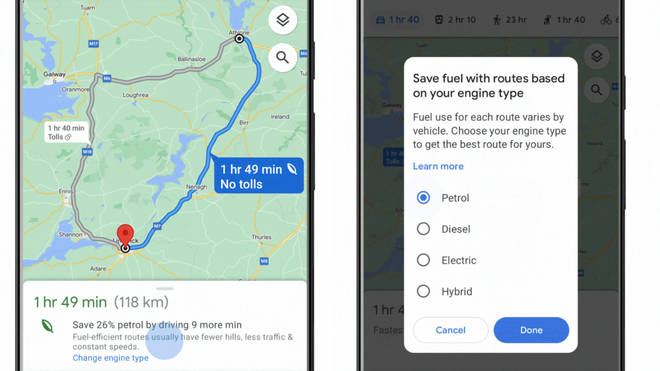
Each TV has various completely different “Image Modes” to select from. There’s virtually all the time an “Power Saver” or “Energy Saving” mode that tends to look the worst. How a lot power does this mode truly save? Is it price utilizing?
What Is Power Saving Mode?
Image modes in your TV are presets for various brightness, distinction, and saturation ranges. You may often regulate these items individually, however the modes do all of it for you.
“Power Saving” mode is just designed to optimize these settings for saving energy. The obvious method it does that is by dimming the display. Power Saving mode will sometimes be the dimmest of all of the modes obtainable in your TV.
Merely put, whether or not it’s referred to as “Power Saver,” “Energy Saving,” or “Eco Mode,” these image modes indicate your TV will use much less power. Is that true?
RELATED: What Does “Recreation Mode” On My TV Or Monitor Imply?
The Information
Sufficient speak, let’s get right down to the information. Utilizing a wise plug that may measure wattage, I recorded the power utilization from three completely different TVs in any respect of their obtainable image modes. All three had an “Power Saving” mode, “Vivid” mode, and “Commonplace” mode.
| Image Mode | 43″ Scepter 1080p | 50″ Hisense 4K | 32″ Insignia 1080p |
|---|---|---|---|
| Power Saving | 35.5w | 87.7w | 39.7w |
| Vivid | 54.6w | 115.7w | 48.2w |
| Commonplace | 54.6w | 115.2w | 44.7w |
| Gentle | 35.9w | ||
| Theater | 82.4w | 42.2w | |
| Sport | 114.8w | ||
| Recreation | 114.8w |
There are some attention-grabbing outcomes right here. To begin with, Power Saving modes throughout the board are utilizing much less power than the usual settings. The “Vivid” modes additionally don’t appear to make use of way more energy than the usual settings—which means it’s adjusting shade greater than brightness.
Two of the TVs have a “Theater” mode that had an analogous impact on energy utilization because the Power Saving modes. The truth is, the larger 4K TV makes use of the least quantity of energy on this mode. That’s as a result of theater modes sometimes dim the show for darkish rooms.
Among the variations between Power Saving modes and different modes are usually not as pronounced. The smaller 1080p TVs don’t have main variations between Power Saving and the upper energy utilization modes. The distinction is larger on the 4K TV, which makes use of extra energy general.
Does It Matter?

What can we take from this admittedly small pattern measurement of information? To begin with, Power Saving mode is clearly doing one thing. That will not be tremendous shocking—in fact a dimmer show requires much less power. Nonetheless, it’s good to know “Power Saving Mode” shouldn’t be an empty advertising time period.
Let’s say your electrical energy fee is $0.18 per kilowatt-hour (kWh) and you’ve got a 4K TV much like the one within the chart above. Watching TV for 4 hours a day with Power Saving mode would value round $1.90 monthly/$23 per yr. On the highest power utilization mode, you’re taking a look at round $2.50 monthly/$30 per yr.
You’re primarily saving $7 a yr for a barely worse image in your TV. Are the power and cash financial savings sufficient to make that price it? That’s completely as much as you. When you have a really massive, ultra-high-definition TV, perhaps it makes a sufficiently big distinction. Nevertheless, in case you have that TV, you most likely need it to look the perfect it could possibly.
Power Saving mode could possibly be an excellent “daily” mode to make use of when you change again to “Commonplace” or “Vivid” mode for motion pictures or different stuff you need to actually shine. On the finish of the day, it does save power, nevertheless it will not be sufficient to matter to you.
RELATED: How one can Get the Greatest Image High quality from Your HDTV


